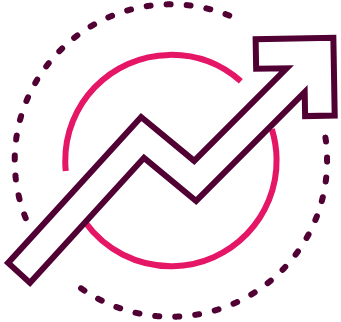
Product recommendations
With product recommendations you can:
How do I get started?
There are several providers of platforms to implement personalised product recommendations – whether in emails, on the website or in the search results on Google. One aspect that is the same for all providers is that you must install a script on the site, which starts tracking the user and their purchasing behaviour.
Depending on the type of product recommendation you want, you must connect your data to your website, email platform or SEM tools. Likewise, your product feed must be configured so that it can be read by the chosen platform. At Novicell, we specialise in the implementation of product recommendations, and are happy to help you get started - from choosing a platform, to technical implementation and utilisation of the platform.
Read some of the solutions here
Take recommendations into the search engine
Wouldn't you like to show the most relevant products when a user searches for your products on the search engine? More and more of the recommendation platforms now have built-in functions to link recommendations with your SEM work. By using the users' behavioural data, you can therefore link purchase behaviour and purchase intentions with display and Google shopping advertising.
It gives you the opportunity to work with omnichannel marketing and align your targeting of messages across channels.
Multiple systems also allow you to build segments and target groups in systems based on their interests and buying behaviour. These target groups can then be exported and used in, for example, Google Ads or on Facebook.
Read more about related topics
Learn how to make searching in your Webshop user-friendly
Experiences, business, and brands - Usability yields results
Get sharp on digital marketing with Novicell so you can sell more
Our experts use their deep insights to create targeted campaigns that drive growth. Contact us to learn more!













